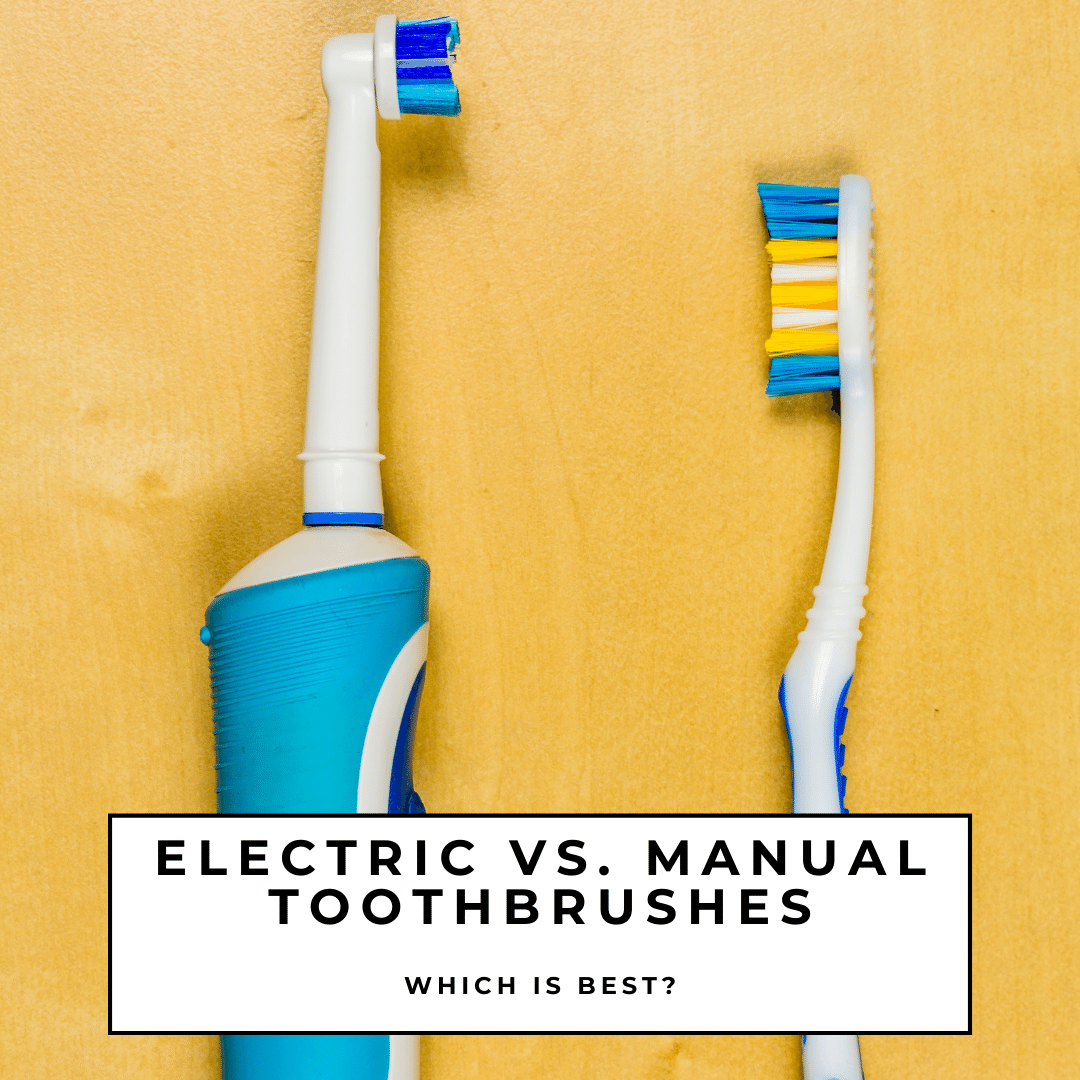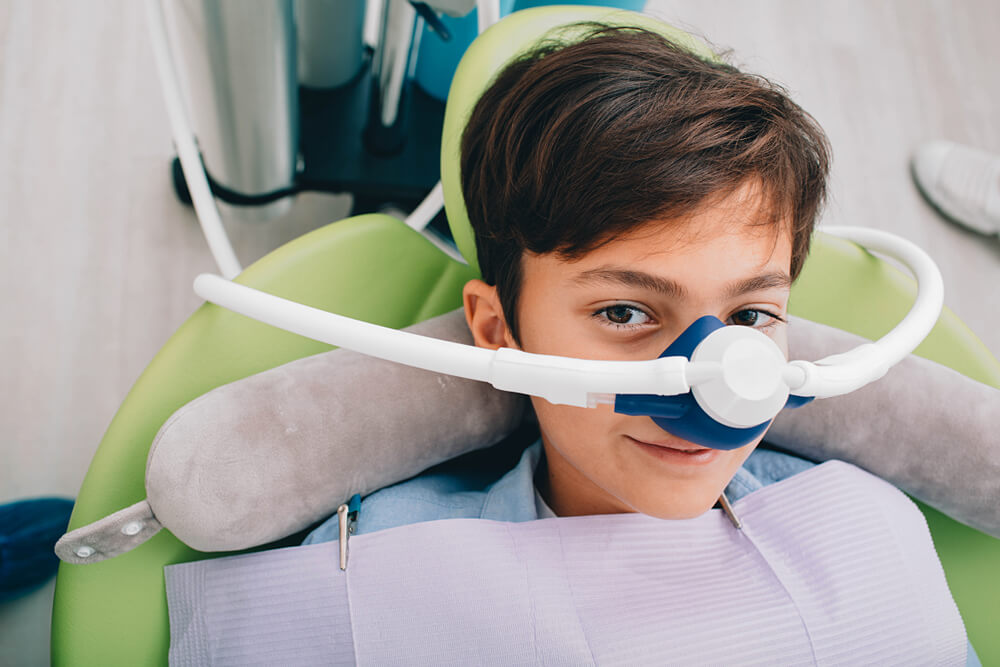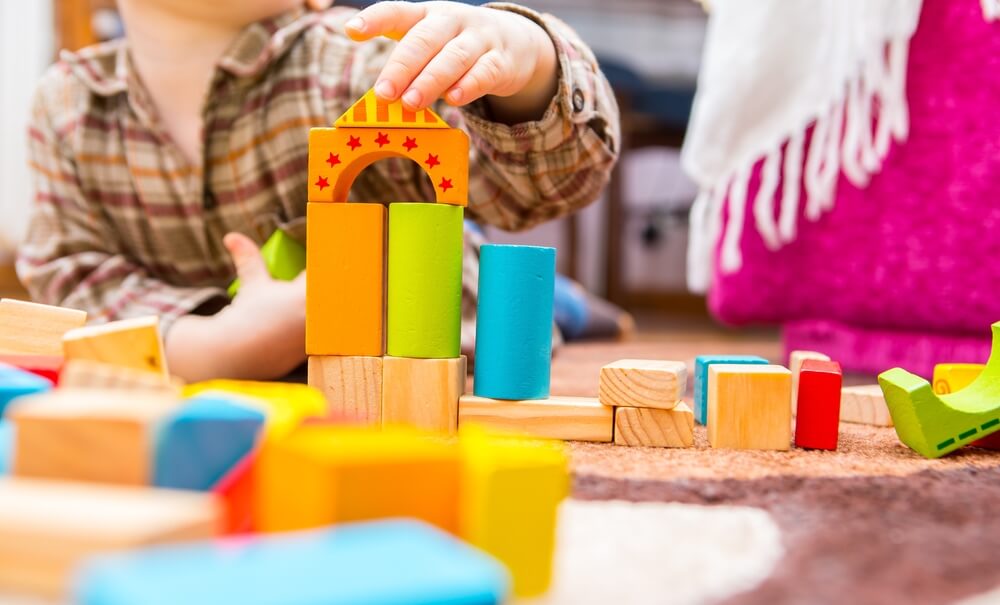To take some inspiration from Dr. Seuss,“One brush, two brush. Red brush, blue brush. Black brush, blue brush, old brush, new brush. This one has a little star, this one has a little car. Say! What a lot of brushes there are”. Although these lines were originally written for a child’s book, they also work well to describe the vast variety of toothbrushes available. However, with so many different types of toothbrushes available, do you know which is the best for your child?
Despite the fact that the toothbrush aisle is filled with many different toothbrushes, all those brushes can be divided into two main types: electric and manual. Even though both electric and manual toothbrushes come in many varieties, the basic difference between them is how they work. In order to determine which type is best for your child, we will be taking a look at each different type of toothbrush, then discussing some factors that you should consider.
Manual Toothbrushes
Manual toothbrushes rely on the individual to maneuver them properly throughout the mouth. Also known as traditional toothbrushes, this type of toothbrush has been around for thousands of years and has continued to evolve. While manual toothbrushes were once made of things like twigs, bone, and hog hairs, they are now composed of plastic handles with bristles made of nylon. Manual toothbrushes can have different handle shapes such as straight, angled, or curved, and they can also have rubber grips on them to make them easier to hold.
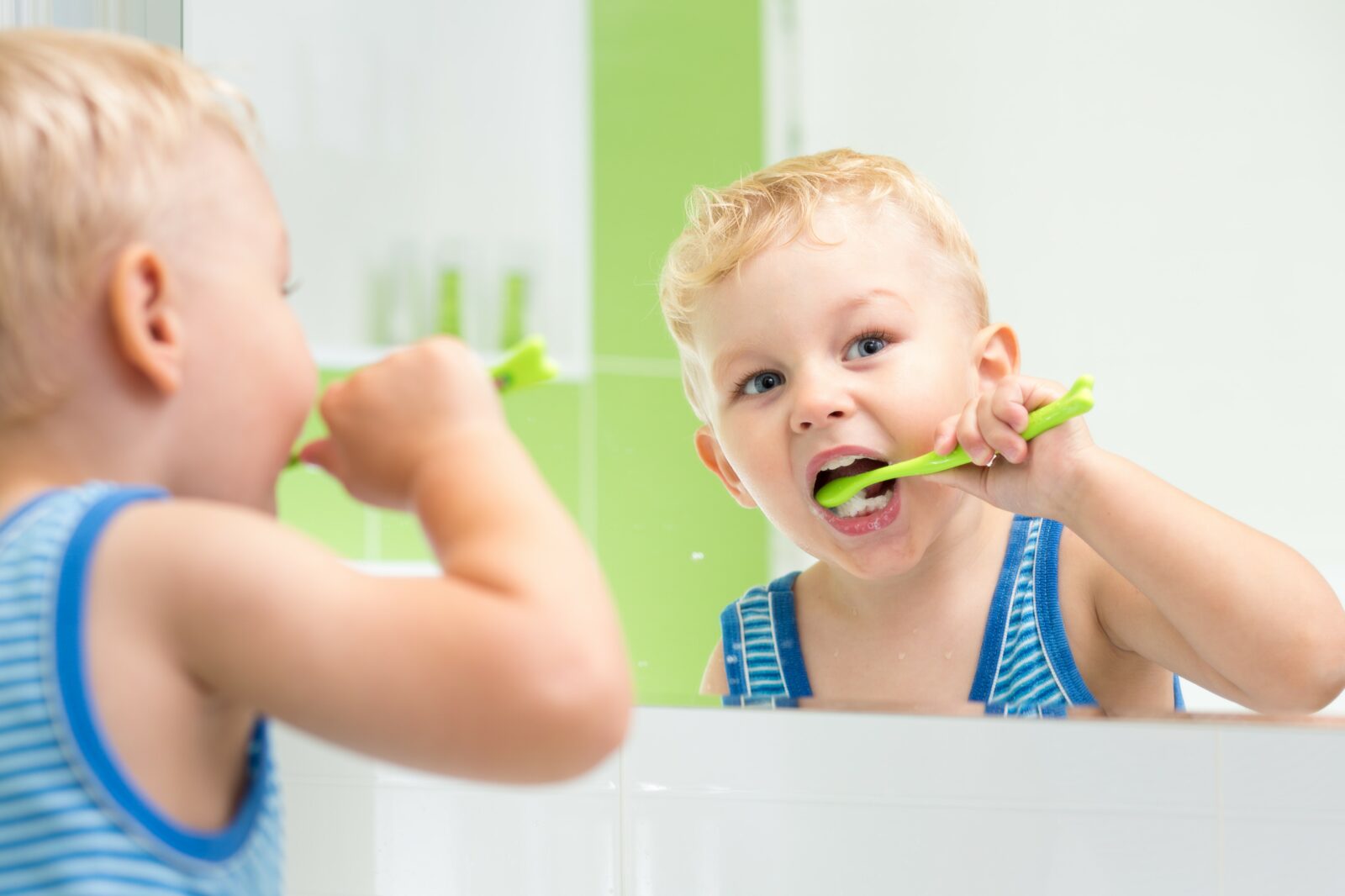
At a glance, here are some pros and cons of manual toothbrushes:
Pros:
- Readily available
- Don’t require electricity or a charge to function
- Different sizes and styles of heads
- Affordable, generally costing between $1-$3
Cons:
- Children may brush too hard
- May not brush for the full two minutes since there is no timer
Electric Toothbrushes
Nowadays, we have more than just the modern manual toothbrush made of plastic and nylon bristles. When dentistry met technology, the result was an electric toothbrush that averages approximately 6,000-30,000 brush strokes per minute. Some of the more advanced electric toothbrushes also have additional features such as a timer that automatically shuts off the brush after two minutes, pressure sensors that warn the user when they are pressing too hard, and the ability to connect to phone apps and games.
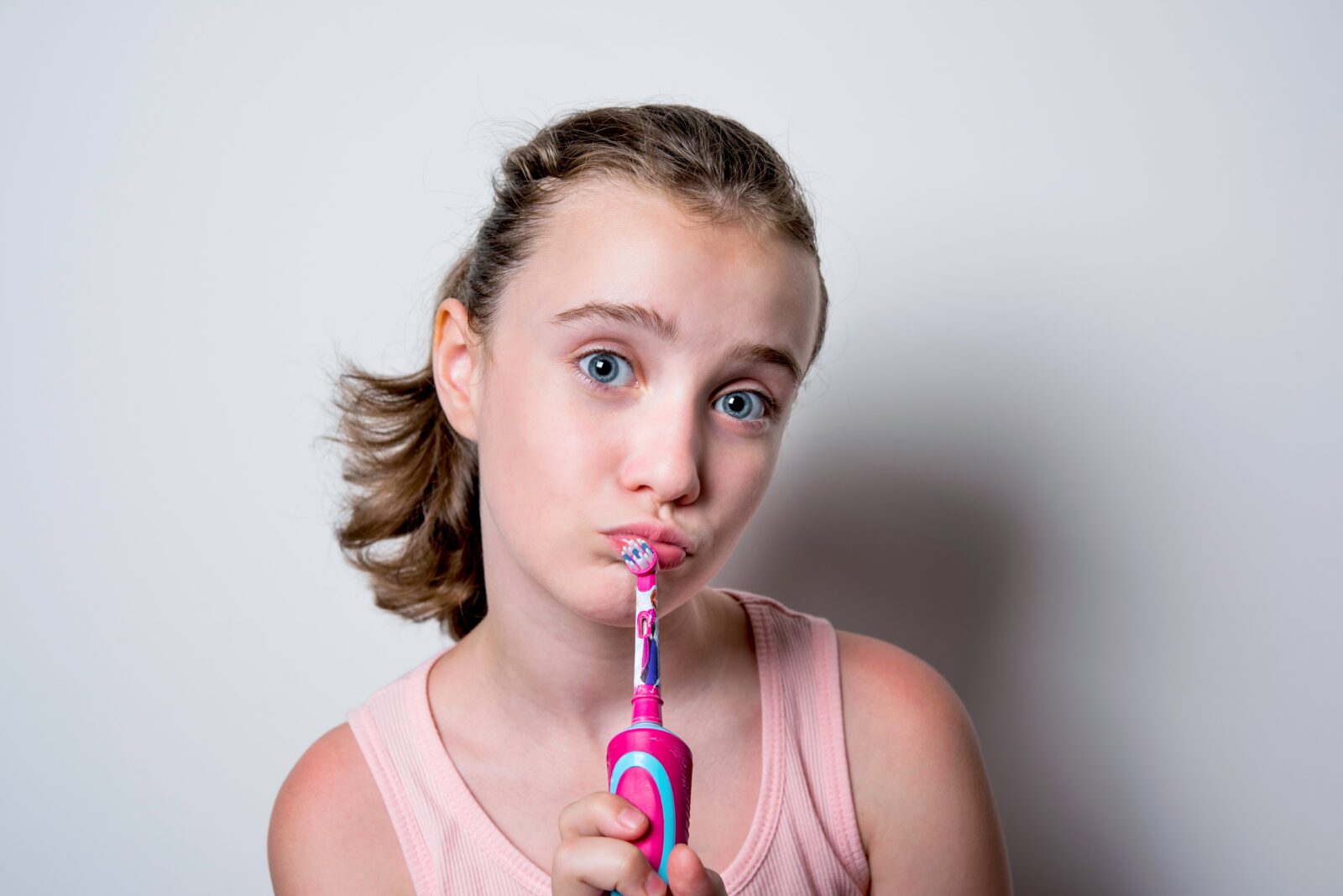
At a glance, here are some pros and cons of electric toothbrushes:
Pros:
- Vibrations remove more plaque
- Less work for your child
- May contain timers and sensors to encourage proper brushing technique
- Use of phone apps and games can engage your child while brushing
- Especially helpful to clean around fixed orthodontic appliances
Cons:
- More expensive than manual toothbrushes (can range from about $15-$250)
- Additional cost for replacement heads
- Replacement heads may be hard to find
- Requires an electric charge to function
- Without pressure sensors, brushing with the wrong technique can be damaging
- Some children do not like the vibrations associated with electric toothbrushes
So, which is best?
By this point, you may already have an inclination for which type of toothbrush is best for your child. However, in case you are still unsure, here are a few things to consider:
Brushing Technique
If your child uses a good brushing technique, then a manual toothbrush will likely work just fine for them. However, if your child struggles with using the proper brushing technique, an electric toothbrush with a timer and pressure sensor can make things easier for them. Your child’s dentist will let you know if their brushing technique is effective enough by looking at the amount of plaque and tartar on your child’s teeth.
Engagement
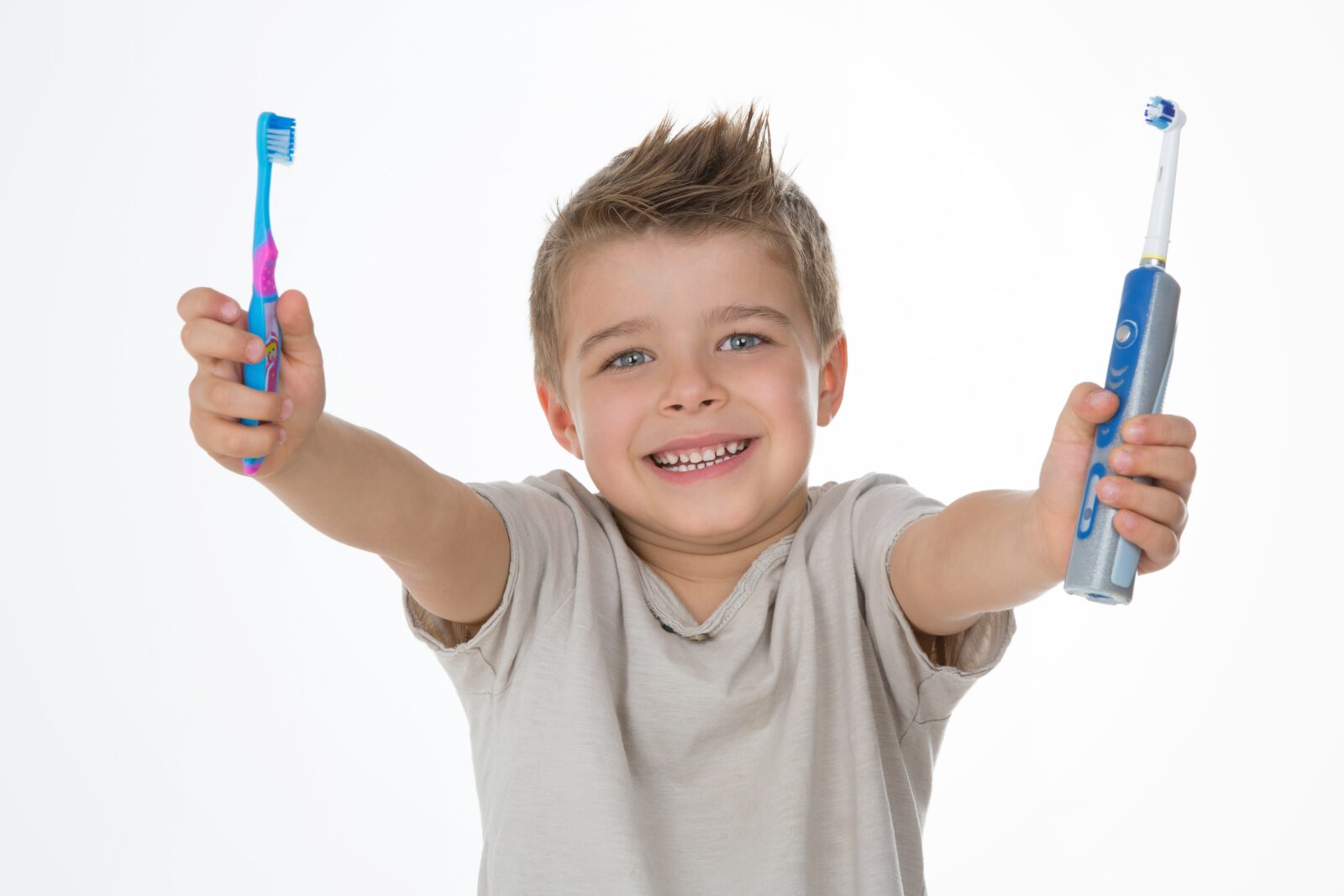
While brushing one’s teeth is not the most exciting activity, your child should at least be able to focus on this task for the two minutes it takes to complete brushing their teeth. Children who have no problems brushing their teeth can use either type of toothbrush, however children who need some form of engagement to convince them to brush may benefit from an electric toothbrush that can pair with a phone app or game. This can also be useful for children who constantly fight you about brushing their teeth.
Orthodontic Appliances
Although manual toothbrushes can clean your child’s teeth with fixed orthodontic appliances, it can be quite the challenge at times. For this reason, most dentists recommend using an electric toothbrush for children who have fixed orthodontic appliances. This is simply because the vibrations can help to loosen debris that may have become lodged in the appliance.

